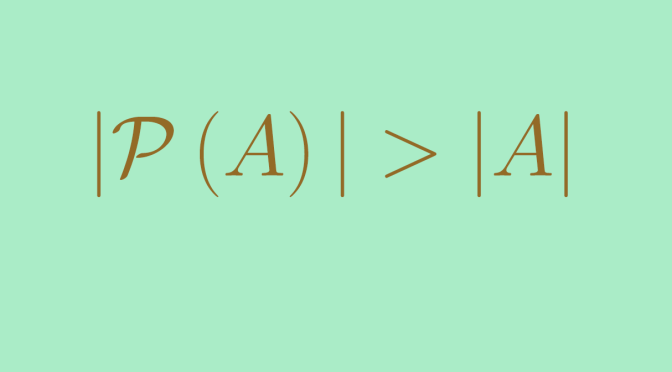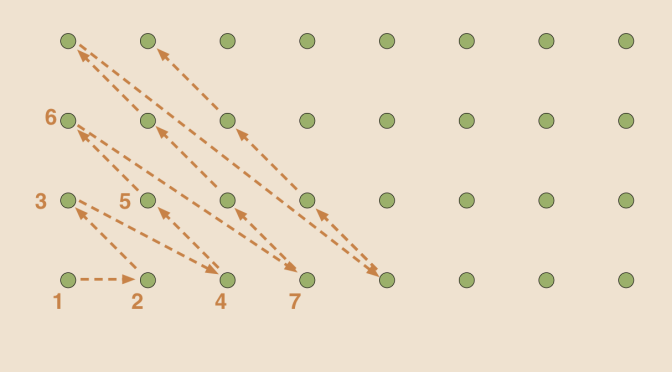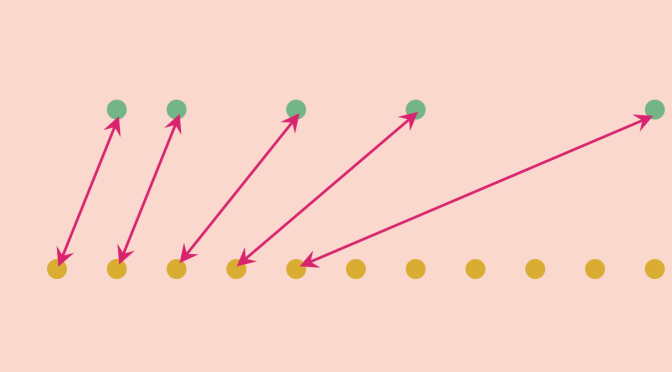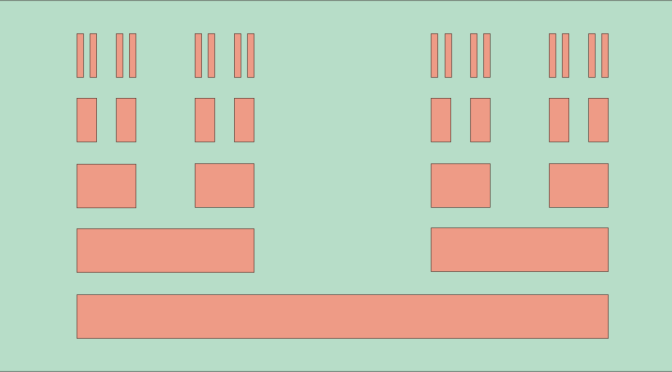We have seen in this article several sets that are infinite and countable. Namely, the set of natural numbers \(\mathbb N\), the set of integers \(\mathbb Z\), the set of rational numbers \(\mathbb Q\). We have seen that the product \(\mathbb N \times \mathbb N\) is also countable. The question then arises, “Are all infinite sets countable?”.
The answer is negative and we prove that \(\mathbb R\) is not countable.
The set of all reals \(\mathbb R\) is not countable
Suppose for the sake of contradiction that \(\mathbb R\) is countable and that \(\mathbb R = \{x_n \ | \ n \in \mathbb N\}\), the \(x_n\) being all distinct. We build by induction two sequences \((a_n)_{n \in \mathbb N}\) increasing and \((b_n)_{n \in \mathbb N}\) decreasing such that:
- \(a_n < b_n\) for all \(n \in \mathbb N\),
- \(\vert a_n – b_n \vert \) converges to zero,
- and \(x_n \notin [a_{n+1},b_{n+1}]\).




